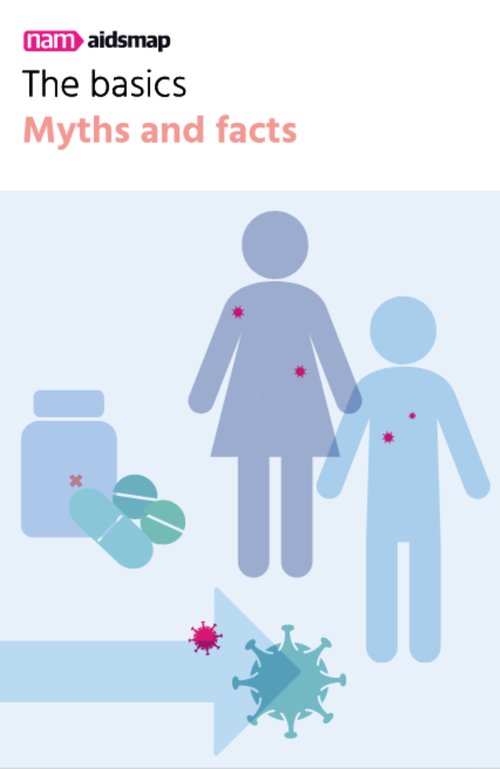Often, the terms HIV and AIDS are used interchangeably, leading to confusion about their differences. Here, we’ll discuss the definition and differences of both terms.
HIV stands for ‘human immunodeficiency virus’. HIV belongs to a group of viruses called retroviruses. HIV attacks white blood cells within the immune system. These cells will stay infected for the rest of their lives. If untreated, HIV will develop into AIDS.
AIDS stands for ‘acquired immune deficiency syndrome’. (It’s sometimes referred to as ‘late stage HIV’ or ‘advanced HIV disease’.) It is an umbrella term for the illnesses that occur due to having untreated HIV infection for several years, by which point the immune system is severely damaged and unable to fight off infections. The illnesses and symptoms will vary for each person that has AIDS, but may include life-threatening infections and cancers.
Every person who has AIDS has HIV, but not every person with HIV will develop AIDS. Because there are now lots of treatment options available for people living with HIV, far fewer people are developing AIDS. Often, those that do develop AIDS are people who have not been tested for HIV and have never taken treatment. Once started on HIV treatment, death due to AIDS can be prevented.
The only way to find out if you have HIV is to get tested for the virus. There is no test for AIDS as it is a collection of infections and illnesses that occur because of untreated HIV infection. Often, people can experience a range of them before HIV is discovered to be the cause. This is why AIDS is sometimes difficult to diagnose.
Ultimately, HIV is a virus that attacks the immune system and AIDS is a term that can only be used when HIV has caused severe damage to the immune system.

